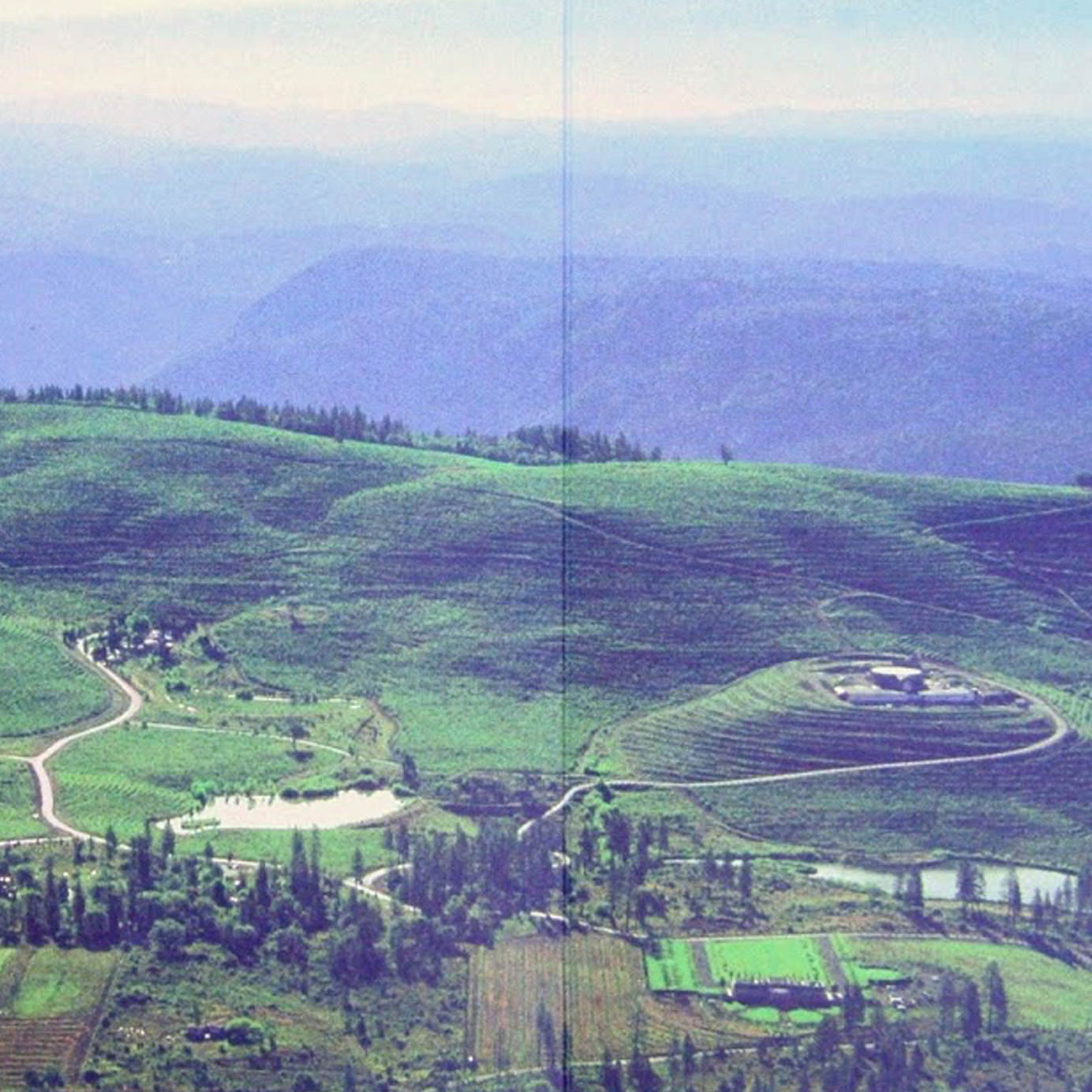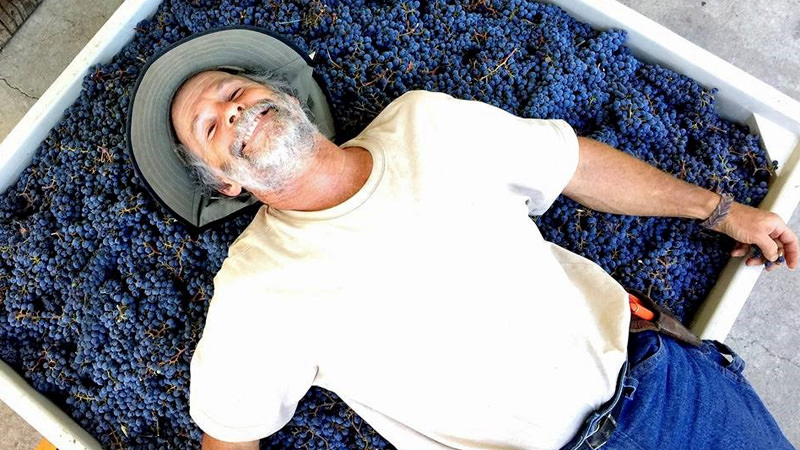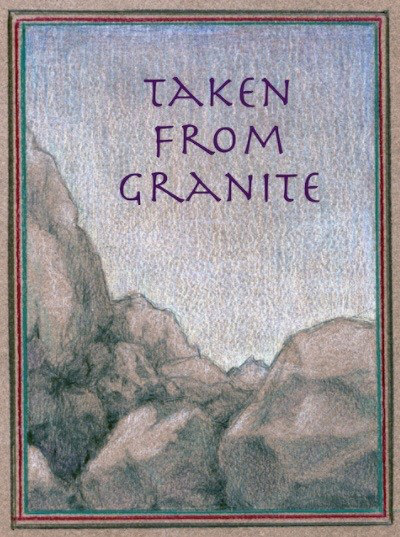A smattering of under-the-radar, late-1990s Cabernet Sauvignons from the Sierra Foothills have started appearing on top wine lists in the past several months. The 1997 vintage of Taken from Granite, the California label in question, is available by the bottle at New York City fine dining restaurants Union Square Cafe and Momofuku Ko. Manhattan wine bar Terroir Tribeca offers $30 by-the-glass pours of Taken from Granite, and retail shops such as Vine Wine in Brooklyn have plentiful supplies of Taken From Granite cuvées as well.
These 20-year-old bottles aren’t “cult wines” in the traditional industry sense. Oenophiles generally use that term to indicate wine that is both highly sought-after and difficult to find, both of which often make said wine quite expensive. Taken From Granite is cult wine in a slightly more literal sense. These well-priced, aged wines, just re-labeled and re-released by noted California winemaker Gideon Beinstock, originally came from Renaissance Vineyard and Winery — a historic property owned by Fellowship of Friends, an international religious organization and purported cult.
A Vision for Vineyards
Renaissance Vineyard and Winery is not a new name in California wine. The winery has received many critical accolades, and the wines were even poured at a Republican National Committee gala in honor of Ronald Reagan’s birthday.
But Renaissance wasn’t created with the intention of becoming a benchmark California producer. The winery was a byproduct of Fellowship of Friends founder Robert Earl Burton’s vision: a Mediterranean paradise for his followers called the Apollo Compound.
The sprawling, 1,300-acre Apollo Compound in Yuba County in the Sierra Foothills, upon which Renaissance resides, was created in the 1970s. Burton’s Mediterranean vision included vineyards and olive groves, and so they were planted.
Despite Renaissance being the religious group’s side project, Sierra Foothills wine lovers can actually thank Fellowship of Friends for paving the way for the region. It was Renaissance that first applied for North Yuba, California to have its own AVA in the mid-1980s. The tiny but well-regarded area is now known for its decomposed granite soils (hence the name that Beinstock chose for these re-labeled bottles).
A Winemaker’s Roundabout Journey
Fans of Beinstock and his sought-after Clos Saron wines might want to praise the Fellowship as well; had Beinstock never become acquainted with Fellowship of Friends, he likely wouldn’t have started making wine in the first place.
Long before Beinstock gained a reputation as a crafter of small-production, low-intervention Pinot Noir and Syrah wines under the Clos Saron label, he was an Israeli artist and philosopher living in Paris. While reading the works of George Gurdjieff, who inspired Burton to launch Fellowship of Friends, Beinstock discovered the group. He soon became involved in the Fellowship community and helped to first plant the Renaissance Vineyard in the 1970s.
Bitten by the wine bug, Beinstock sold Renaissance wine for years. In 1994, he moved to the Apollo compound and became its sole winemaker. He streamlined Renaissance’s production, pulling out vine varieties that didn’t work in the Sierra Foothills’ climate, and became the face of Old World-style, terroir-driven, low-intervention winemaking in the region.
In the early 2000s, Beinstock grew disillusioned with Fellowship of Friends’ philosophies and practices. But his dedication to that style of winemaking persisted, living on through Clos Saron. Ironically, it’s because of Renaissance’s ownership that Beinstock was even able to get his hands on some of his old bottles. Fellowship of Friends is technically classified as a non-profit organization, and Beinstock purportedly felt that the group had no need or desire to run Renaissance like a business. Beinstock was given the opportunity to buy back some of his favorite cuvées from Renaissance’s remarkable library of unsold, back-vintage wines, and he re-labeled them Taken From Granite. Curious wine drinkers need look no further than the cork to verify a bottle’s origin; their corks still say “Renaissance.”
Three Taken From Granite cuvées are on the market right now. The most widely available is the “Village” Cabernet Sauvignon from California’s epic 1997 vintage. Not only do these wines offer oenophiles a chance to experience aged, balanced Cabernet at comparatively affordable prices, but they give super-geeky Clos Saron Pinot Noir and Syrah fans the opportunity to taste what kind of restraint Beinstock can bring to Bordeaux blends. Most would be shocked to discover, for instance, that the 1996 “Élégance” variety has a mere 12.6 percent ABV.
A generous supply of Taken From Granite exists right now, but there’s no guarantee whether or not Beinstock will be able to get his hands on more aged Renaissance juice in the future. Complicating things further, Renaissance has considerably decreased its wine production, and the compound now has only 50 acres planted with vines.
Taken from Granite could disappear as quickly as it arrived. Wine lovers should seek it out now, before prices go up, availability goes down, and Taken from Granite becomes a “cult” label in every sense of the word.


